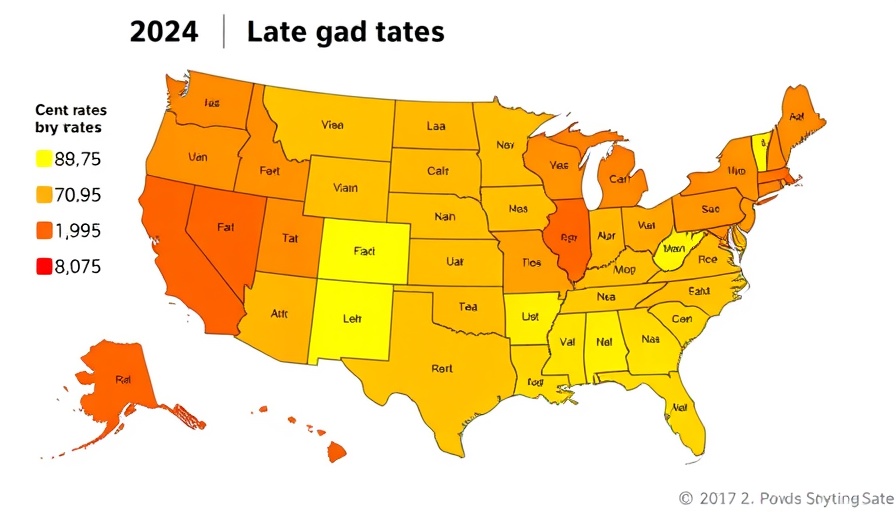
Create an Engaging Onboarding Experience
Imagine stepping into a new job brimming with excitement but also uncertainty. The first impression can set the tone for the entire experience. Therefore, creating an engaging onboarding experience is crucial in transforming that initial anxiety into confidence and productivity for new employees. Effective employee onboarding is not merely a formality; it’s a strategic process that lays the groundwork for employee success and retention.
The Vital Link Between Onboarding and Employee Retention
Research reveals that a strong onboarding process can lead to an impressive retention rate increase of up to 82%. New hires who undergo comprehensive training and feel welcomed tend to assimilate into the company culture more seamlessly, ultimately fostering a sense of belonging. This boosts employee morale, reduces turnover, and saves on costs associated with rehiring.
Shaping Company Culture Through Onboarding
The onboarding experience serves as a critical period for instilling the company’s values and fostering collaboration from day one. By emphasizing communication and incorporating team-building activities, organizations create an inclusive environment that encourages new employees to embrace the existing culture. A positive onboarding experience cultivates trust and loyalty, thus fortifying the organization against challenges posed by high turnover rates.
Best Practices for a Successful Onboarding Process
Implementing best practices is essential for maximizing the impact of your onboarding efforts. Here are key strategies to enhance the new hire experience:
- Clear Communication: Clear and consistent communication channels must be established during the onboarding process to ensure everyone understands expectations, values, and resources.
- Comprehensive Training Programs: Design structured training that covers essential job skills, organizational values, and procedural know-how to ensure new employees feel adequately prepared.
- Utilize Technology: Leverage onboarding software and collaborative platforms that facilitate a seamless experience, making new hires feel welcomed and prepared even before their start date.
Continuous Improvement: Measuring Onboarding Success
Finally, organizations must adopt a proactive approach to measure the success of their onboarding processes. Regularly monitoring KPIs such as retention rates, employee satisfaction levels, and collecting feedback provides insights into areas for improvement. This iterative approach ensures that onboarding procedures not only meet but exceed the evolving expectations of new hires.
 Add Row
Add Row  Add
Add 

 Add Row
Add Row  Add
Add 



Write A Comment